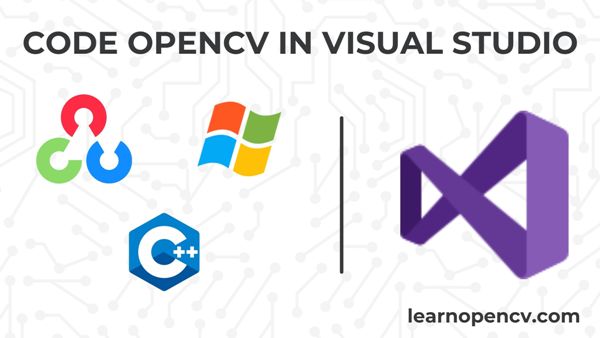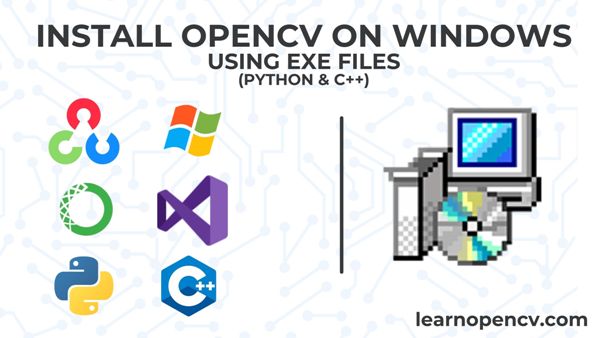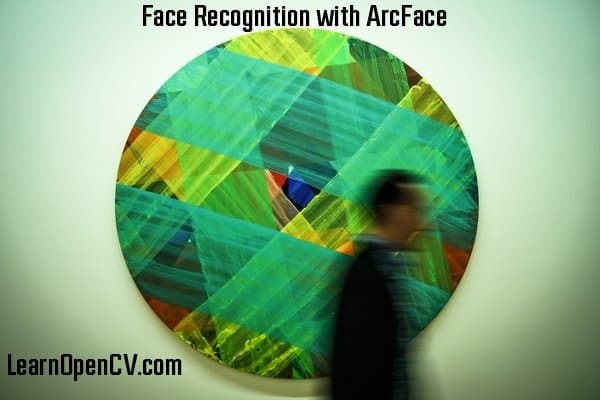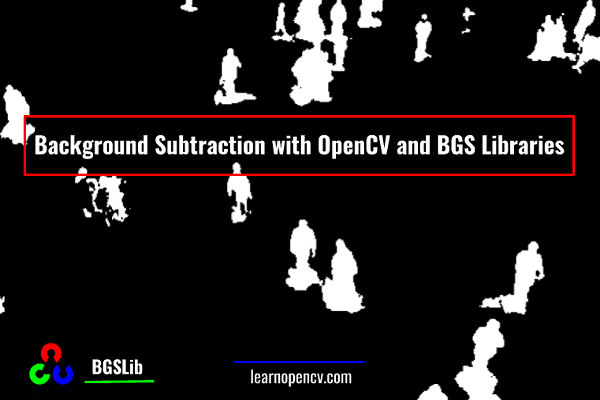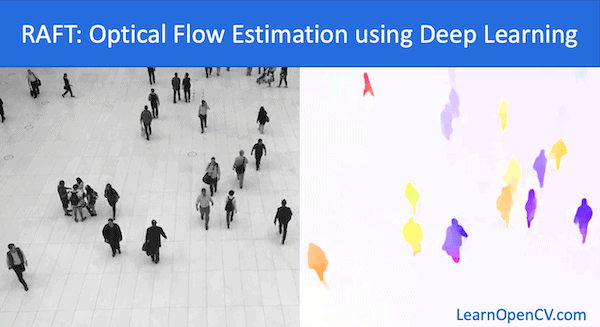In this article, we explain how to build applications with OpenCV using Visual Studio. We will be using Visual Studio 16 2019. If you write code on Windows, there is a high probability that you work ...
Latest From the Blog
February 15, 2021
5 Comments
Install OpenCV on Windows – C++ / Python
February 8, 2021
13 Comments
By 13 Comments
Face Recognition with ArcFace
February 1, 2021
8 Comments
By 8 Comments
Background Subtraction with OpenCV and BGS Libraries
January 25, 2021
5 Comments
By 5 Comments
RAFT: Optical Flow estimation using Deep Learning
January 21, 2021
170 Comments
By 170 Comments
Making A Low-Cost Stereo Camera Using OpenCV
January 11, 2021
6 Comments
By 6 Comments
- « Go to Previous Page
- Page 1
- Interim pages omitted …
- Page 45
- Page 46
- Page 47
- Page 48
- Page 49
- Interim pages omitted …
- Page 81
- Go to Next Page »










